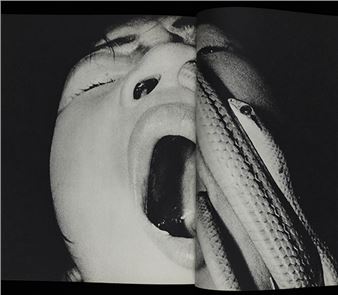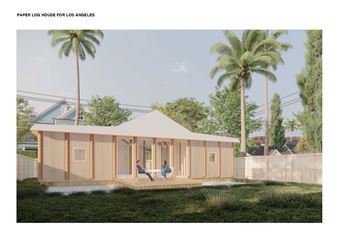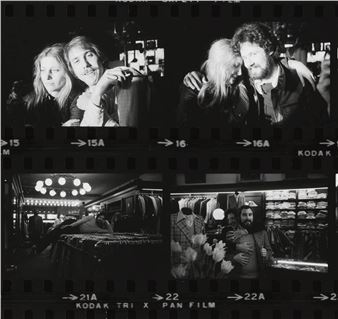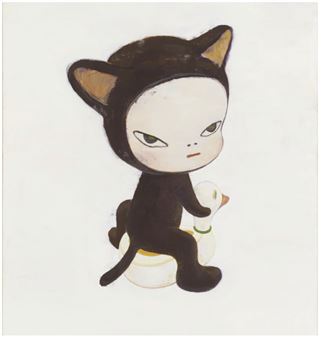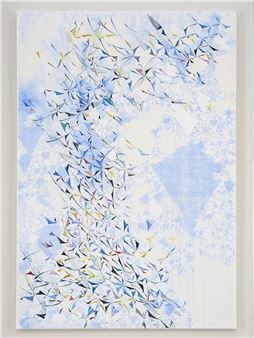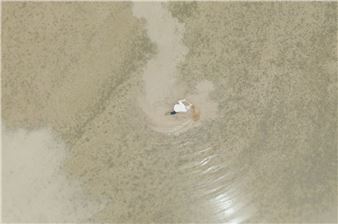Ryuji Miyamoto: Lo Manthang 1996
Taka Ishii Gallery Photography / Film is pleased to present вҖңLo Manthang 1996вҖқ, a solo exhibition of works by Ryuji Miyamoto. Interested in architectureвҖҷs material features beyond their raison dвҖҷГӘtre or purpose, Miyamoto has been photographing, from a unique perspective, the city as it is transformed, ruined, and revived. This solo exhibition, his first with the gallery, will feature approximately 22 never-before-shown photographs of the Nepalese walled city Lo Manthang.
Since the 1980s, Miyamoto has taken buildings amidst demolition and incidentally emerged anonymous architectural structures as his subjects to confront architecture as an object freed from meaning and purpose. He has also captured such buildings in their relation to their surrounding space as well as latent facets of urban space, or the вҖңunconscious of cities.вҖқ The images captured through his scrupulous gaze, which treats all details equally, and the physical relation between space and the photographer, who pushes himself into the folds of the city, adeptly reflect contemporary social issues, while also illuminating the spatial transformations that appear in them. MiyamotoвҖҷs photographs, however, refuse containment inside the nostalgia for things that are and have been lost or the tropes of emotional documents of urban life exposed to shifts in social structure.
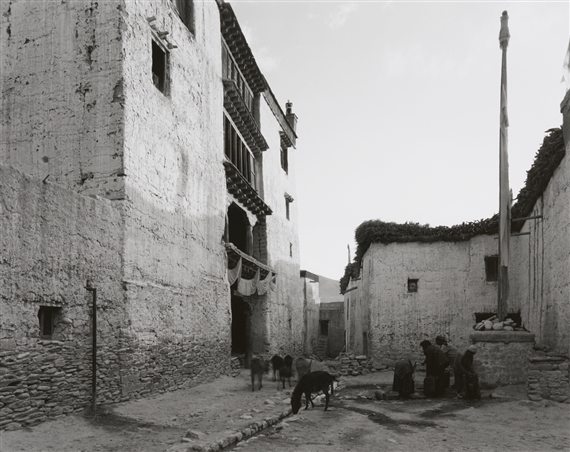
Recommended for you
Taka Ishii Gallery Photography / Film is pleased to present вҖңLo Manthang 1996вҖқ, a solo exhibition of works by Ryuji Miyamoto. Interested in architectureвҖҷs material features beyond their raison dвҖҷГӘtre or purpose, Miyamoto has been photographing, from a unique perspective, the city as it is transformed, ruined, and revived. This solo exhibition, his first with the gallery, will feature approximately 22 never-before-shown photographs of the Nepalese walled city Lo Manthang.
Since the 1980s, Miyamoto has taken buildings amidst demolition and incidentally emerged anonymous architectural structures as his subjects to confront architecture as an object freed from meaning and purpose. He has also captured such buildings in their relation to their surrounding space as well as latent facets of urban space, or the вҖңunconscious of cities.вҖқ The images captured through his scrupulous gaze, which treats all details equally, and the physical relation between space and the photographer, who pushes himself into the folds of the city, adeptly reflect contemporary social issues, while also illuminating the spatial transformations that appear in them. MiyamotoвҖҷs photographs, however, refuse containment inside the nostalgia for things that are and have been lost or the tropes of emotional documents of urban life exposed to shifts in social structure.

 ARTISTS
ARTISTS








